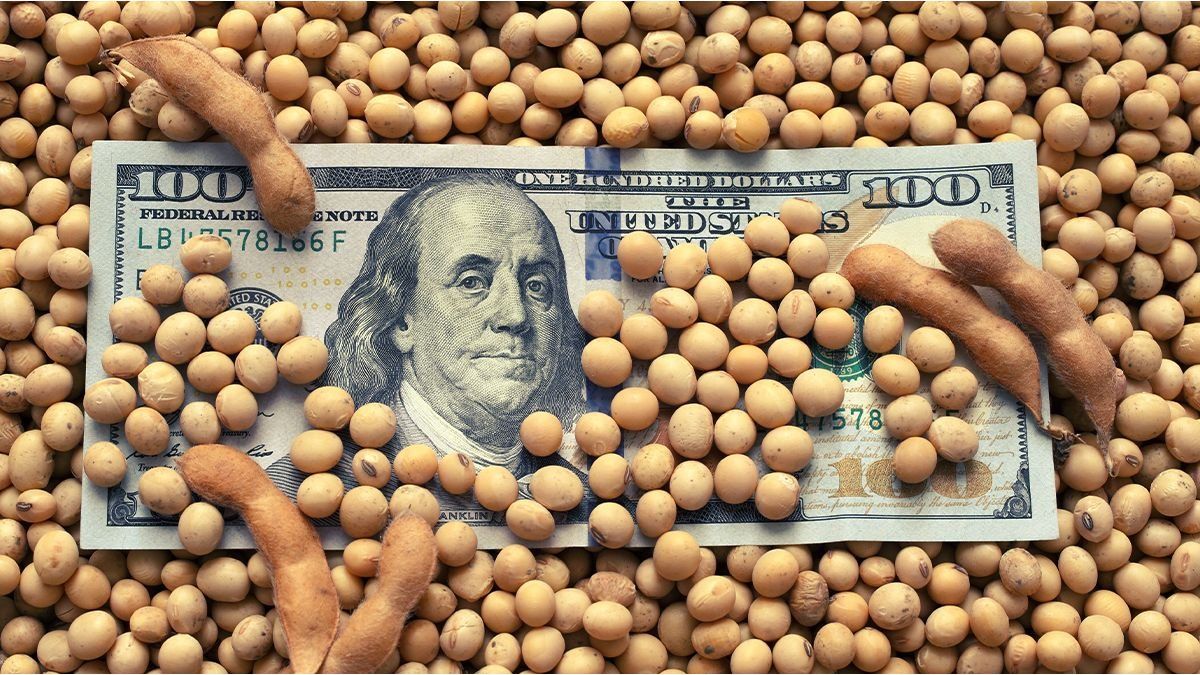6.2% more would be planted than in the previous campaign, which represents the first increase in nine years. In addition, if weather conditions allow it, 48 million tons would be produced, compared to 20 million in the previous cycle.
The drought this year had a negative impact estimated at US$20,000 million in foreign exchange income. And that, logically, had an impact on the entire Argentine economy. In any case, projections for the next agricultural cycle are more encouraging. Estimates of planting intention of soy grew and an increase in production is expected, which will also result in a greater income of foreign currency.
The content you want to access is exclusive to subscribers.
For example, according to a recent report by the Strategic Guide for Agriculture (GEA) of the Rosario Stock Exchange (BCR), “the area dedicated to soybeans will experience an increase, breaking a nine-year streak of continuous decline: Initial estimates point to a planting intention of 17 million hectares, which represents a year-on-year increase of 6.2%”.


“Meanwhile, if the weather conditions are favourable, a production of approximately 48 million tons, in contrast to the 20 million of the 2022/23 cycle, which marked the worst record of the century”, detailed the study, which highlighted that the area dedicated to soybeans experienced a marked decrease in recent years, “going from 20.25 million hectares in the 2014/15 campaign to 15, 97 million in the past cycle”. “This downward trend, which represented a loss of 21% of the planted area in the last decade, is due to several factors. In addition to the problems of resistant weeds and costly controls, soybean has lagged behind in genetic terms, which limits its productive potential compared to maize,” the study explained.
In this way, as a projection, according to the current FOB price of the Secretary of Agriculture (USD 520 per ton), the increase in soybean production could represent US$25.1 billion in foreign exchange earnings. Which means, approximately, some US$10,000 million more than the previous campaign. Although, of course, the final number will depend on the total exported, be it grain or value-added products (meal, oil or soybean pellets).
As explained to Ambit Lorenzo Sigaut Gravina, an economist at the consulting firm Equilibra, the prospects are not only good for soybeans, “but also for corn and wheat, which, although the area is very similar to last year, the yields are going to be better.” This would happen precisely thanks to the weather and the end of the drought that was the dominant factor of the past cycle.
In this context, when analyzing the positive impact that it can have for the Argentine economy, he explained: “The first point that can be taken into account is that agribusiness lost almost US$20,000 million due to the drought. And while I don’t think you can recover all of next year, a good part may be.
Also, unlike this year, that there is going to be a fall in GDP that is explained by almost 2% by the fall in agriculture, next year the effect can be reversed. The impact would be favourable: it is obvious, even on the side of withholdings, that this year 0.7 points of the product were lost, due to the fall in agro-industrial exports. And next year they would recover”, explained the economist.
Outlook for corn and wheat
As explained by the BCR study, corn “maintained a more stable position in terms of planting area, with a constant intention of 8.5 million hectares for the 2023/24 cycle”. “Factors that favor corn include a favorable climate for high production after several cycles marked by adverse weather events. In addition, the drop in wheat planting in some areas encourages producers to opt for corn in their rotations,” the report detailed.
Regarding wheat, he explained that the crop is facing difficulties related to the lack of water in recent weeks. “Although current crop conditions are good to very good, persistent drought could affect yield potential. The abundant rains in the first 15 days of July have contributed to a delay in sowing in some areas, which could influence the final results. Despite these challenging conditions, an estimated wheat sowing area of 5.4 million hectares and a projected production of 15.6 million tons”, he concluded.
Source: Ambito




